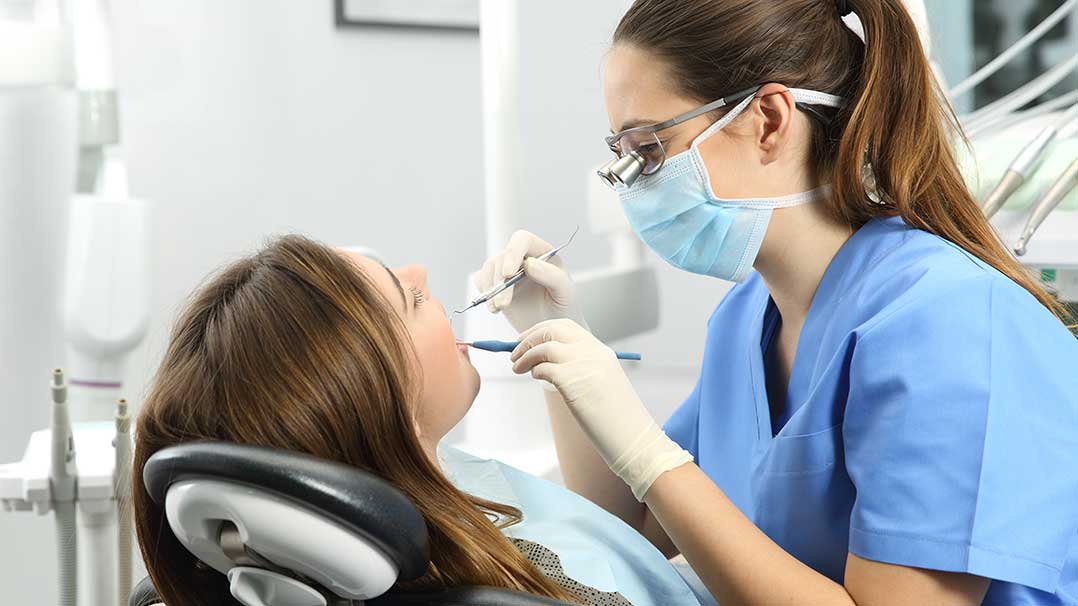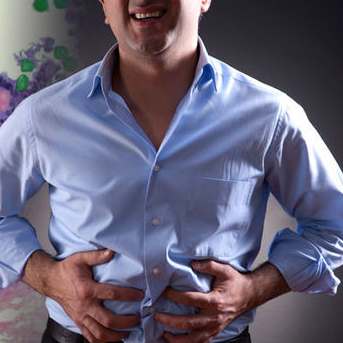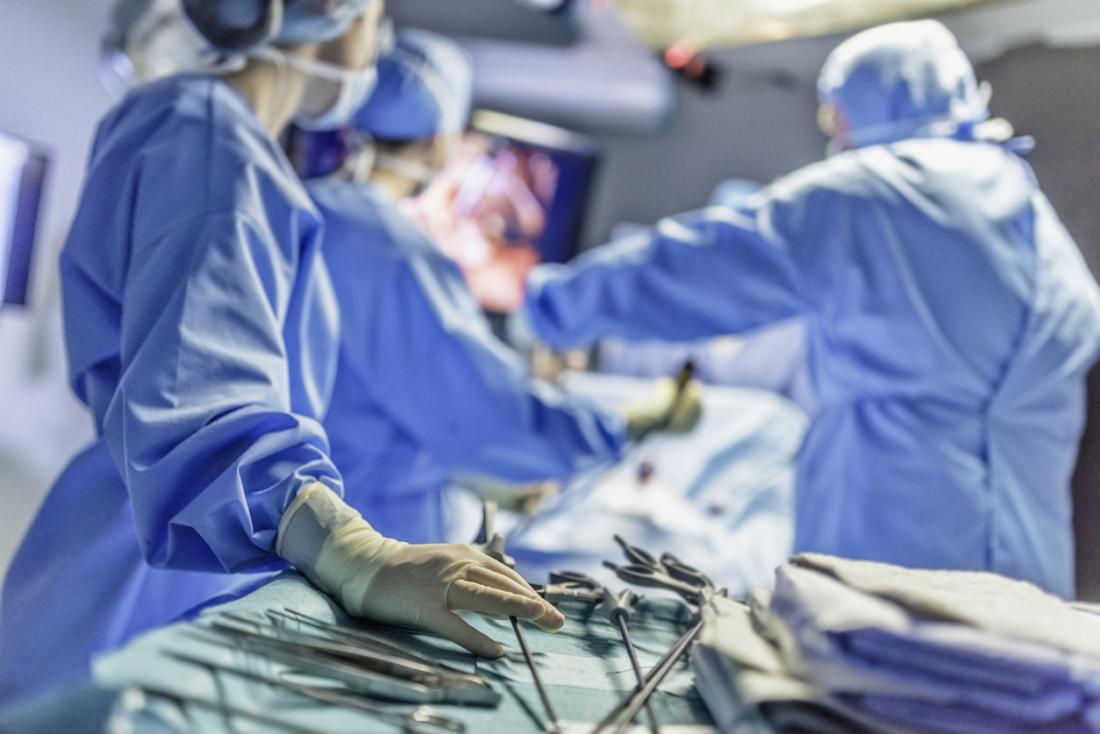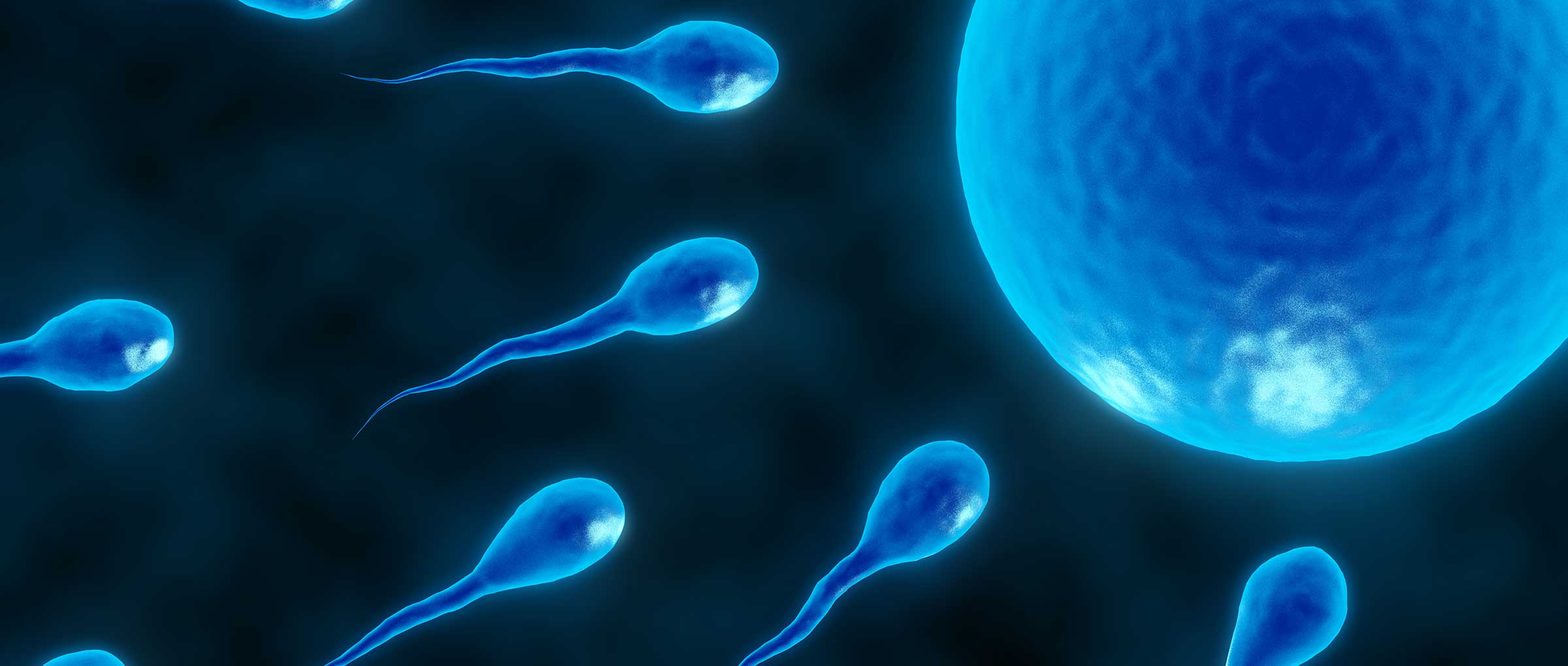Stomach Cancer Surgery in Kazimierza Czapinskiego
Search and Compare the Best Clinics and Doctors at the Lowest Prices for Stomach Cancer Surgery in Kazimierza Czapinskiego











































































































































No Time?
Tell us what you're looking for and we'll reach out to the top clinics all at once
What does the Procedure Involve?
There are several different types of surgery for stomach cancer. The type of surgery you have will depend on the type and stage of your cancer, as well as its location in your stomach.
Endoscopic resection
Endoscopic resection is used to treat very early-stage tumors that have not spread from the stomach walls. The goal of this procedure is to effectively remove the body of stomach cancer. For some people, this type of procedure is the only treatment needed.
During this procedure, no incision is made in the skin. Instead, your surgeon inserts a flexible tube with a small camera on its end (called an endoscope) through your mouth down into your stomach. Through the endoscope, surgical tools are passed to remove all cancerous tissue and some of the normal stomach wall around it.
Gastrectomy
Gastrectomy is carried out to remove part or all of the stomach while leaving as much healthy tissue as possible. The goal of the surgery is to completely remove cancer from the stomach, as well as the nearby lymph nodes. Gastrectomy is commonly performed on those whose stomach cancer has advanced. There are two types of gastrectomy:
-
Subtotal (partial) gastrectomy – this type of gastrectomy is usually recommended if the cancer is located only in the lower part of the stomach. Sometimes, it is used for cancers that are located only in the upper portion of the stomach as well. Subtotal gastrectomy involves removing part of the stomach, sometimes along with the first part of the small intestine or part of the esophagus. The surgeon may also remove part of the tissue that holds your stomach in place (the omentum). How much of your stomach and other organs removed depends on the position of cancer. After the surgery, you will have a smaller stomach.
-
Total gastrectomy – total gastrectomy is done if cancer has spread throughout the stomach. It is also recommended if the cancer is located near the esophagus in the upper part of the stomach or in the middle of the stomach. During the surgery, your surgeon removes the entire stomach, the omentum, nearby lymph nodes, and sometimes, parts of the nearby organs (such as the esophagus, pancreas, and intestines). In order to enable you to continue swallowing and eating normally, your surgeon then attaches the esophagus to part of the small intestine.
A gastrectomy, both subtotal and total, can be performed in three ways:
-
Laparotomy (open surgery) involves creating a large incision in the abdomen. This procedure may be needed if your abdomen contains scar tissue from previous surgery, making creating a small incision difficult.
-
Laparoscopy (keyhole surgery) involves making several tiny incisions in the skin above the abdomen. Through one incision, the surgeon inserts a laparoscope (a thin, lighted tube with a small camera on its end). Through the other incisions, the surgeon inserts small surgical tools to perform the surgery.
-
Robotic-assisted surgery uses a robotic surgical tool. The surgeon operates the robot using a console displaying a magnified 3-D image of the inside of your abdomen, which has been highlighted with a special fluorescent dye.
Placement of a feeding tube
After stomach cancer surgery, some patients experience trouble taking in enough nutrition. Other treatments, such as radiation therapy and chemotherapy can make the problem even worse. To help you take in enough nutrition, your surgeon can place a tube into the intestine during gastrectomy. The end of this tube remains on the outside of the skin. Through the end of the tube, you can put liquid nutrition directly into the intestine, preventing, and treating malnutrition.
How Long Should I Stay in Kazimierza Czapinskiego?
Your length of stay depends on the type of surgery you underwent. In general, you need to stay in the hospital for a few days. Plan to stay in Kazimierza Czapinskiego for at least 7 days for initial recovery and follow-up checkups.
What's the Recovery Time?
The recovery time can vary, depending on the type of surgery and the technique your surgeon used. After endoscopic resection, many patients are able to return to work 2-3 days after surgery. For gastrectomy, it generally takes around 4 to 6 weeks until you can resume your normal routine, including work. However, if your doctor uses the laparoscopic technique, the recovery period can be shorter.
What About Aftercare?
Your surgeon will give you a set of post-operative instructions that you need to follow. These include wound care and medications to take. You may need to attend regular follow-up checkups to ensure cancer has not come back.
After stomach cancer surgery, you may need to change your diet and you’re eating patterns. You need to eat smaller, more frequent meals instead of three big meals a day, particularly after total gastrectomy. Your surgeon will advise you to eat a low-carb and high-protein diet to help you feel better after eating.
What's the Success Rate?
The success rate for stomach cancer surgery depends on the stage of cancer and the type of stomach cancer you have. In general, surgery is very effective, particularly in the early stages of stomach cancer.
As with any major surgery, stomach cancer surgery has risks and side effects. These include bleeding, infection, and damage to nearby organs.
Are there Alternatives to Stomach Cancer Surgery?
In many cases, surgery is necessary to treat stomach cancer, so there are no other alternatives. However, your doctor may recommend radiation therapy, chemotherapy, or targeted therapy instead of surgery, but it often depends on the stage of cancer you have. These types of treatments are usually needed along with surgery.
This information has been accurately sourced and verified by a medical professional for its accuracy, however, we strongly recommend you to consult with your doctor before pursuing medical procedures overseas.














